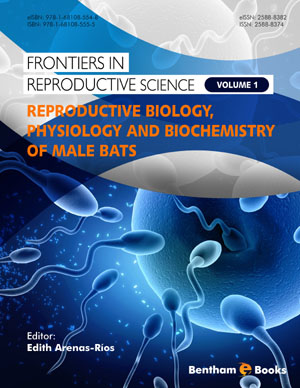Abstract
Insect flight activity involves the mobilization, transport and utilization of endogenous energy reserves at extremely high rates. In insects engaging in long-distance flights, an elevated supply of fuel, particularly lipids, is required for extended periods of time to support the sustained activity of the flight muscles. These lipids are mobilized from triacylglycerol (TAG) stores accumulated in cytosolic lipid droplets of fat body cells. As a result of TAG mobilization, the concentration of diacylglycerol (DAG) in the insect blood (hemolymph) is increased progressively and gradually constitutes the principal fuel for flight. Peptide adipokinetic hormones (AKHs), synthesized and stored in neuroendocrine adipokinetic cells in the glandular lobes of the corpus cardiacum, play a crucial role in this process by controlling the process of lipolysis in the fat body and integrating flight energy metabolism. The onset of flight activity triggers the release of AKHs; the binding of these hormones to their G protein-coupled receptors at the fat body target cell membranes induces a number of coordinated signal transduction processes that ultimately result in the activation of fat body TAG lipolysis and the release of DAG on which long-distance flight is dependent. Recent data reveal that the mechanisms guiding mobilization of stored lipids, including the action of lipid droplet-associated TAG lipases, are conserved between insects and mammals. The transport of lipids in insect hemolymph requires specific lipoprotein carriers (lipophorins) that act as a lipid shuttle; the AKHinduced increase in DAG loading during flight activity results in reversible changes in the lipophorin particles, requiring the association of the exchangeable apolipoprotein, apolipophorin III (apoLp-III), to the particle surface to allow increased lipid uptake and efficient transport to the flight muscles.
Keywords: Adipokinetic hormones (AKH), structure, biosynthesis, release, AKH-signal transduction, lipid mobilization, lipid metabolism, AKH-induced lipophorin conversion.








